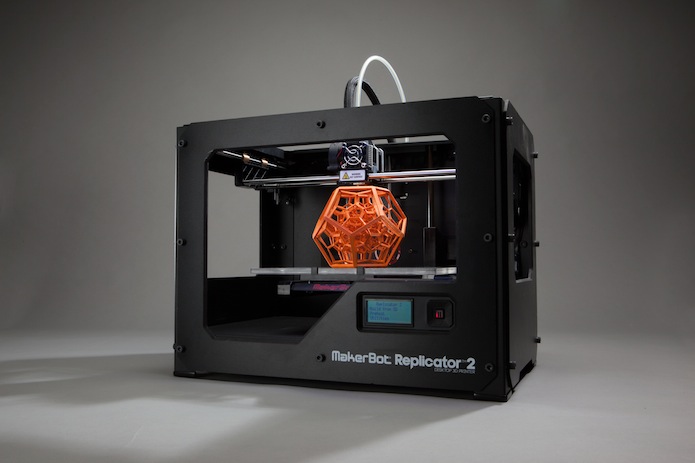
3d printing soon to be latest copyright battleground
In March 2013, burlesque star Dita Von Teese grabbed the headlines yet again, but this time for modelling the world’s first fully articulated dress produced with a 3D printer.
The concept might still sound like the stuff of fantasy, but the 3D printing age is closer than you might think and has profound implications for retailers.
Embracing change
The Von Teese dress was the creation of designer Michael Schmidt, architect Francis Bitonti and printing firm Shapeways.
While this particular design was customised to the model and for purely promotional purposes (not least because it was embellished with over 13,000 Swarovski crystals!), retailers have already started using 3D printing for more commercial projects.
At Paris Fashion Week this January, Dutch designer van Herpen’s eleven-piece collection featured two 3D printed ensembles including a form-fitting dress.

Meanwhile, in February 2013 Nike Inc. unveiled its Nike Vapor Laser Talon, a boot which incorporates a 3D printed plate enabling it to be contoured to the particular player and increase efficiency.
Even young designers are getting on the bandwagon, with 3D printers being installed at fashion schools such as the London College of Fashion.
The risks
With the price of 3D printers now falling (one brand of domestic 3D printer in Australia currently retails for around A$1,800), an obvious commercial risk for mass manufacturers is that they are cut out of the supply chain.
While consumers do need appropriate CAD files in order to print, websites such as Thingiverse are making this hurdle increasingly easy to overcome – providing free 3D files for a vast array of objects, including fashion accessories, jewellery, spectacle frames, juicers, and even a Predator unmanned military aircraft model.
[button link=”https://www.uktech.news/2013/09/12/this-seasons-five-fashion-tech-trendsetters/”]See London’s finest fashion tech startups[/button]
3D printing also presents challenges for retailers in the context of their intellectual property rights.
If illegal film or music downloading was a problem for copyright owners, imagine the consequences of teenagers being able to “print” Nike trainers in their bedrooms.
The Pirate Bay music and film file-sharing site, has already created a new category for files that allow 3D printers to create physical objects.
Moreover, in many cases, intellectual property laws will offer defences to copiers, whether on the grounds of domestic use or exclusions for “must fit” designs or industrially exploited copyright works.

Friend or foe?
Creative genius or space-age nightmare, 3D printing is an innovation which is unlikely to disappear soon.
Businesses are therefore advised to add 3D printing to the ever-increasing watch-list of intellectual property exposures, to ensure they stay ahead of the infringers’ game.
At the same time, the concept offers a brave new world for creative business who capitalise on the opportunity to produce highly complex and customised designs.
Rebecca Kay is a member of DLA Piper’s Fashion, Retail and Design group, which comprises over 100 DLA Piper lawyers from around the globe.
Images: Wikimedia, Uppity Rib, Creative Tools, Flickr

